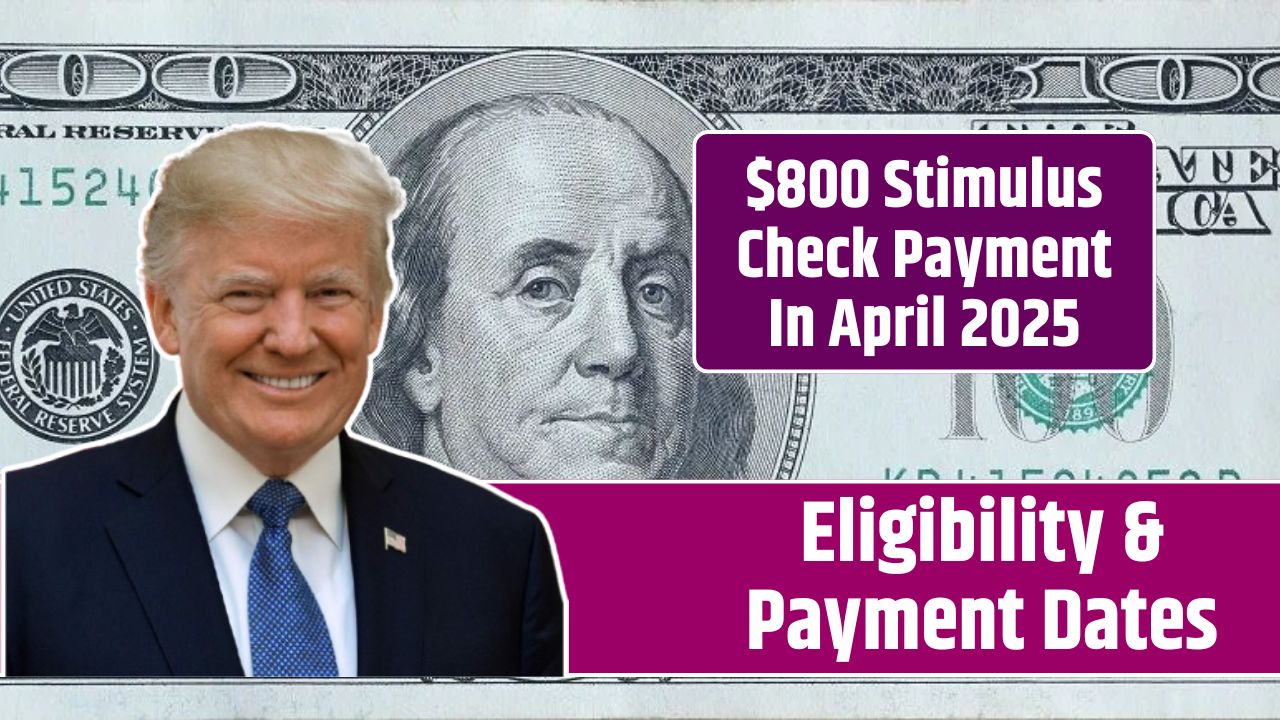A major policy shift from the Social Security Administration (SSA) is about to take effect, and it’s raising red flags across the country—especially for older adults in rural areas. Starting April 14, in-person identity verification will be mandatory for certain services, ending over-the-phone verification for millions of beneficiaries.
This change could create serious access issues for seniors, many of whom don’t drive or live far from SSA offices. Let’s look into what’s changing, who’s affected, and why some are calling this a step backward in accessibility.
Change
Here’s what’s new: Starting April 14, new applicants for benefits and individuals updating direct deposit information will no longer be allowed to verify their identity over the phone—unless they fall under specific exceptions.
These are the exceptions:
- Social Security Disability Insurance (SSDI)
- Medicare
- Supplemental Security Income (SSI)
If you’re applying for any of these, you can still verify by phone. But if you’re a retiree, survivor, or spouse not using the My Social Security online portal, you’ll have to visit a local SSA office in person.
Impact
For millions, this isn’t just a minor inconvenience. A recent Center on Budget and Policy Priorities (CBPP) report shows just how hard this could hit seniors across the U.S.—especially in rural states.
Here’s a snapshot of what the data says:
| State | % of Seniors Traveling 45+ Miles |
|---|---|
| Wyoming | 65% |
| Alaska | 45.9% |
| North Dakota | 13,000 seniors, 180+ miles RT |
| California | ~3% |
| New York | ~3% |
In 35 states, at least 10% of beneficiaries will now face a round trip of 45 miles or more to access services in person. That’s nearly double the average senior travel distance of 23.3 miles per day, and it’s a serious issue when you consider that:
- 6 million seniors don’t drive
- Nearly 8 million have travel-limiting health conditions
Access
This policy change hits at the heart of accessibility. For many older Americans—especially those without internet access, nearby SSA offices, or caregiver support—it could mean delays, missed benefits, or even giving up on applying altogether.
CBPP’s report highlights just how many people rely on phone-based services:
- Over 40% of retirees apply by phone
- Most spouses and survivors do the same
- Bereaved family members almost always turn to phone applications for survivor benefits
That level of reliance makes this change a big deal.
Concern
Unsurprisingly, advocacy groups and lawmakers from rural states are pushing back. They argue that the SSA’s move creates a two-tiered system—one where urban seniors with nearby offices are fine, while rural residents face long drives, logistical headaches, and the risk of going without the help they need.
Critics say this decision undercuts accessibility just when agencies should be modernizing and offering more flexibility, not less.
Alternatives
What can you do if you’re impacted? If you’re not exempt, and you can’t get to a field office easily, here are a few tips:
- Try to create and use a My Social Security account online
- Look into transport services for seniors in your area
- Call SSA directly to check for exceptions or local help
- Reach out to local advocacy groups for support options
While the policy is now in place, public pressure may influence SSA to reconsider or expand exceptions—especially if access issues spike.
FAQs
When does the new SSA policy begin?
It starts on April 14, 2024.
Who is exempt from in-person verification?
SSDI, Medicare, and SSI applicants are exempt.
Can retirees verify identity by phone?
No, they must use My Social Security or go in person.
How far must some seniors travel?
In some states, over 180 miles round trip.
What if I can’t travel?
Try the online portal or contact SSA for help.


















